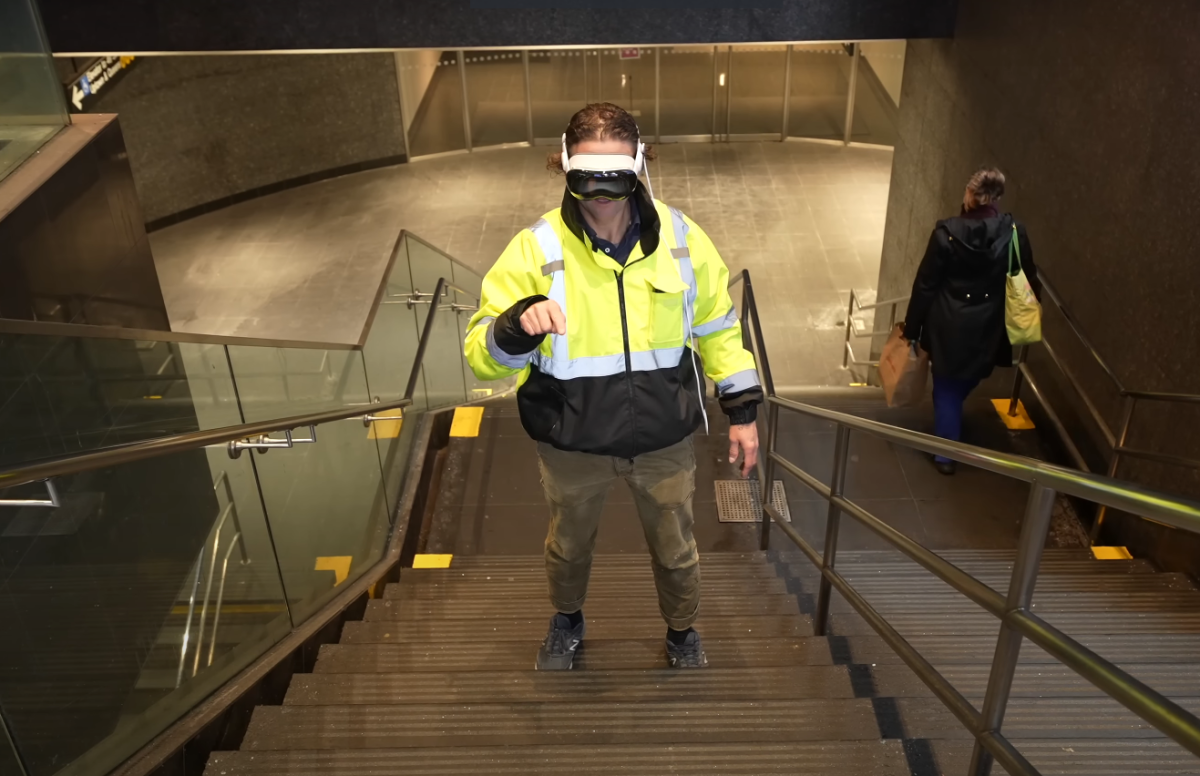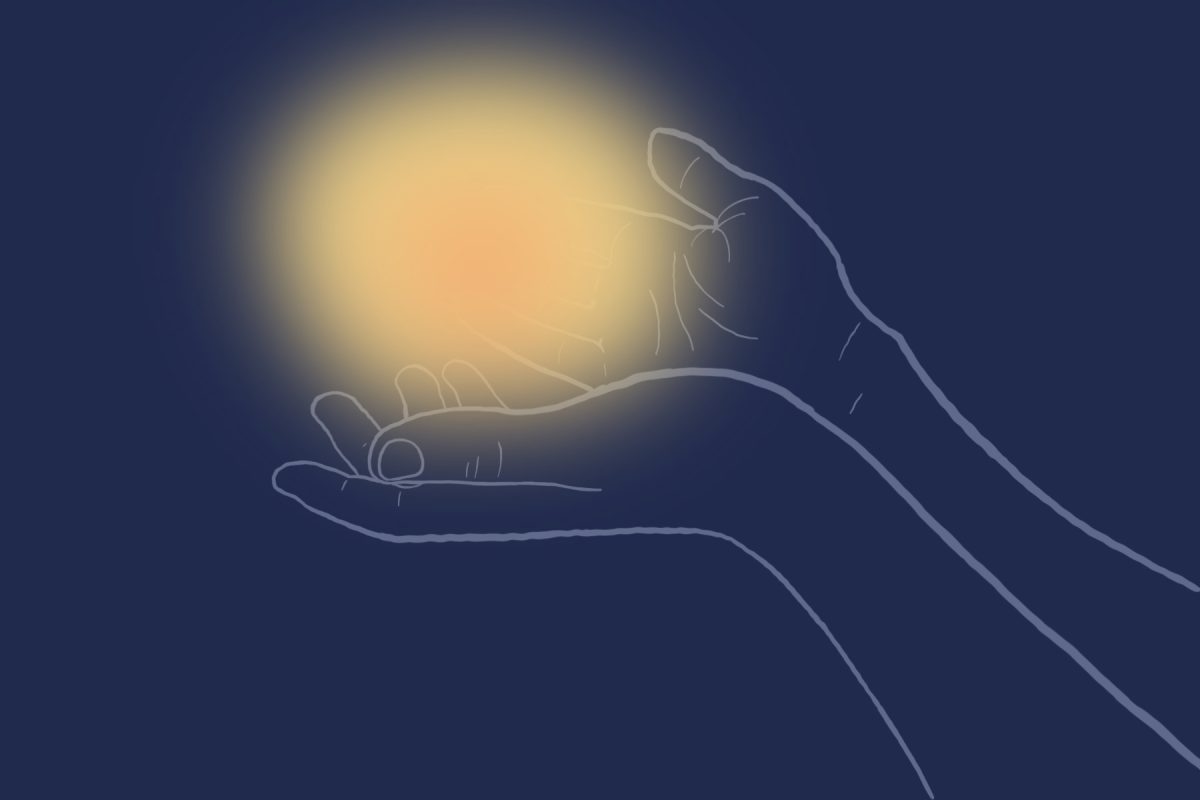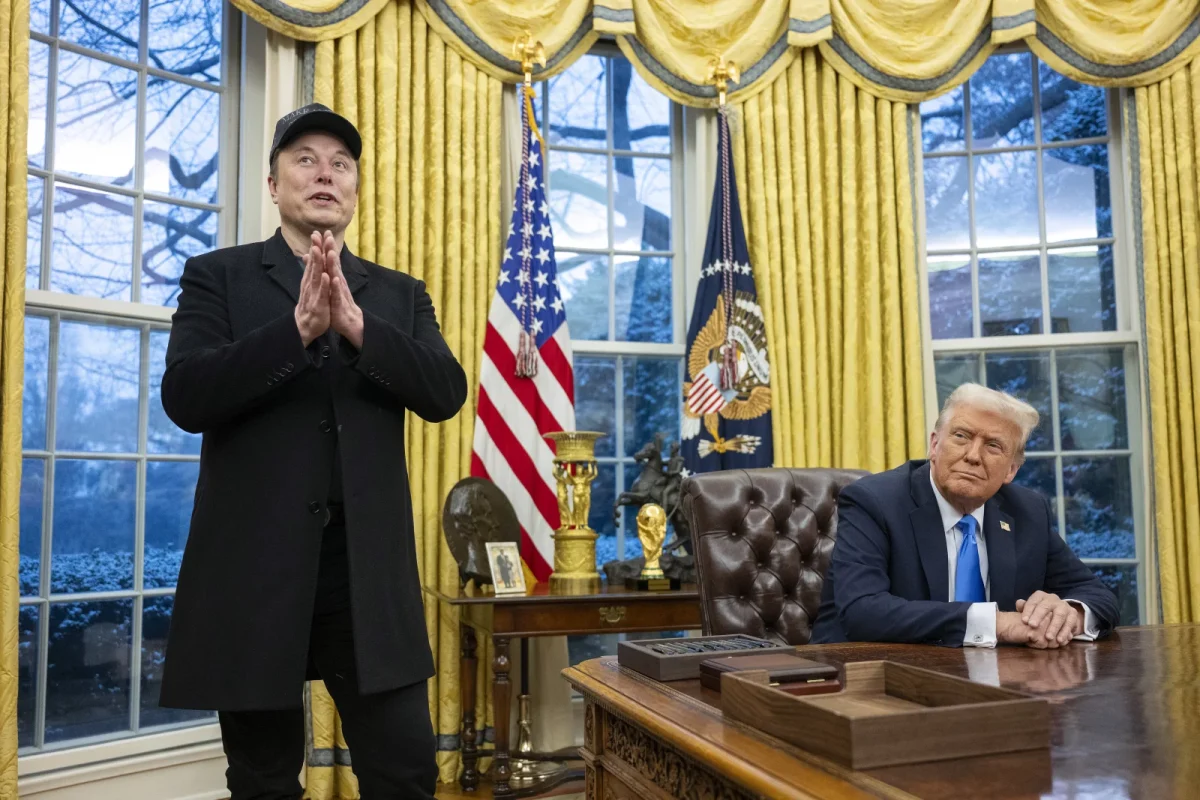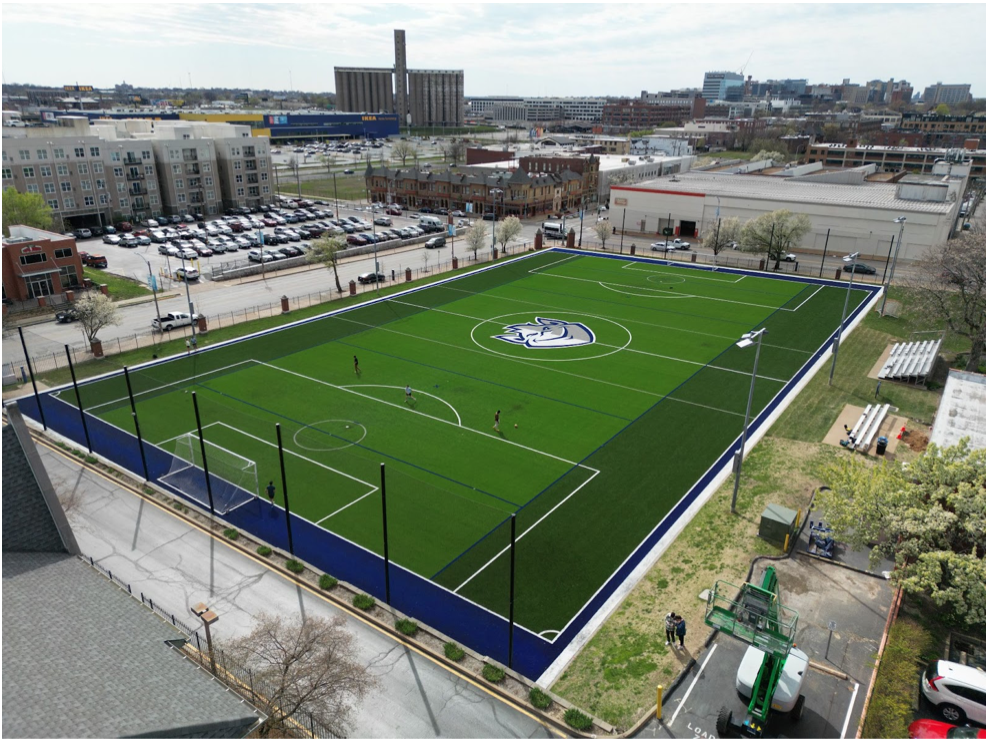The heavily anticipated debut of the Apple Vision Pro, a mixed reality headset blurring the lines between our physical and digital worlds, has ignited a fierce culmination of anticipation and debate. In this paradoxical terrain, the Vision Pro has either been praised as a gateway to a futuristic utopia or condemned for its concerns of dystopian surveillance, and its Orwellian-like control. While this device offers a fascinating glimpse into the future of technology, it is vital first to consider subsequent social and technological implications.
Announced on June 5, 2023, at Apple’s Worldwide Developers Conference, pre-orders for the device began on Jan. 19 and was officially released on Feb. 2, 2024. Despite its staggering $3,499 starting price, Apple has already sold over 200,000 units. Interestingly, despite its rather bulky, cumbersome presentation, Apple has not marketed the device as a virtual reality headset. Instead, Apple has continually used terms such as “spatial computing,” “vision apps” and “visionOS” to suggest that the device will ultimately supersede the traditional VR headset presentation and likely manifest the technology into everyday contacts or glasses.
One of the chief concerns of the Vision Pro is that it has caused speculation on the long-term social implications of merging the physical world with our highly addictive, isolating digital media platforms. An interesting element of Apple’s newest device, which has served as their most recent major product line since the release of the Apple Watch in 2015, is that the user sees the world through a high-resolution screen, and not through their own eyesight. As people of all ages use their phones today as a “security blanket” whenever they feel uncomfortable in line or are not sure what to do with their hands, the Vision Pro may act in the same way in that humans can isolate themselves and engross themselves in their own world more than ever before.
On Feb. 3, 2024, famous YouTuber Casey Neistat released a video titled “the thing no one will say about Apple Vision Pro.” The 10-minute video serves as a candid review of the new device, showcasing how Neistat can now interact with the physical and digital realms in the heart of New York City. Throughout the video, Neistat rides his electric skateboard, takes the subway and explores Times Square, all the while his Vision Pro is equipped.
“Something happened today that was completely unexpected, and that something – I don’t think anyone else has really touched on [regarding the Vision Pro],” Neistat said. “After a couple of hours running around the streets of New York [City] – as it is not in a controlled environment – my brain sort of clicked, and it just forgot that I was looking through cameras and screens; it took what it saw as reality. And what occurred to me…in that moment, I was like ‘holy s***, this is it; this is the future of computing that everyone’s been promising for like the past 15 years,’” Neistat said. “This [Vision Pro] isn’t the future of AR or VR; I think this is the future interface for all computing.”
While the social and isolating elements of the Apple Vision Pro may be alarming for our future as a social species, the technological advancements are profound. Amazingly, Apple has already filed for over 5,000 patents for technologies that have contributed to the first generation of their Vision Pro.
“The fact that [Apple] of all companies is branching into mixed reality or virtual reality is really significant – particularly with how it’s going to factor into the Apple ecosystem,” SLU Sophomore Henry Barsanti said. Barsanti, who studies Computer Science, is an avid tech enthusiast and has actively followed the release and reception of the Vision Pro. “The way it’s going to combine with their ecosystem is very unique and [is] what sets them apart from the rest,” Barsanti said. He also touched on the high price point and how it will entice future customers once it is ultimately lowered. “By having that price point [of $3,499], they’re setting themselves up for the future, especially with your ‘average joe,’” Barsanti said. “I think it’s going to be interesting to see what Apple does in the future with their subsequent models; they can kind of monopolize this new technology in the future.”
In my eyes, the days are numbered until the Apple Vision Pro ultimately arrives at Saint Louis University’s campus. Although imagining a student interacting with their own digital realm while walking down West Pine may seem bizarre today, it will likely be an unquestioned standard tomorrow. Moreover, it will be interesting to see how the Vision Pro—at SLU and beyond, will impact the distinct cultures of communities at various workplaces and institutions.
The Apple Vision Pro marks a transformative technological leap, bringing a device to market that likely presents tomorrow’s technology today. However, as we continue to navigate today, it is crucial to approach these innovations critically, always ensuring that they serve the greater good of society. Overall, the future of devices like the Vision Pro lies in our hands– whether they help us create a better future or continue to pull us away from each other as a species.
















Jacob D. Neely • Feb 29, 2024 at 12:04 pm
Very interesting take on the Vision Pro! Gives a good sense of the true importance of this new technological feat!